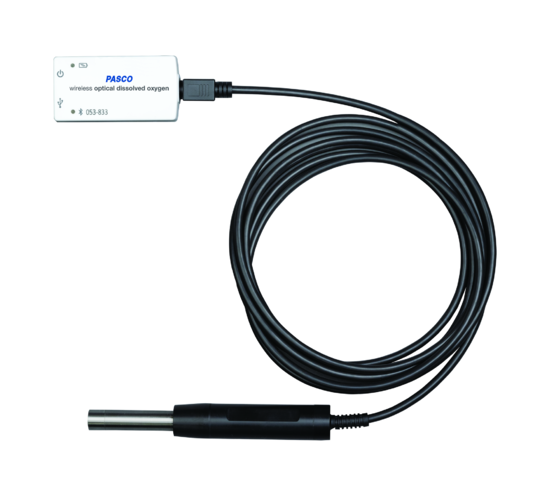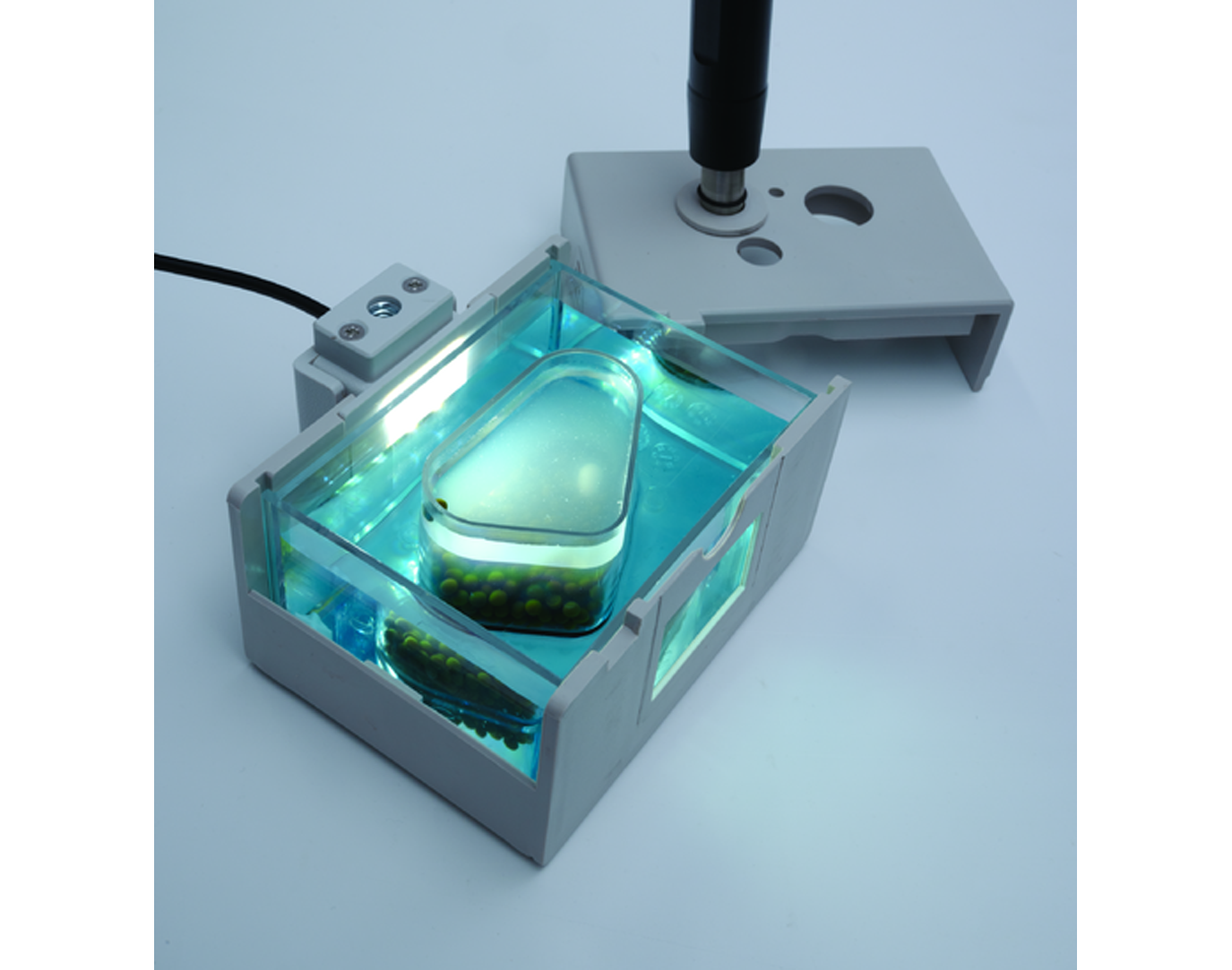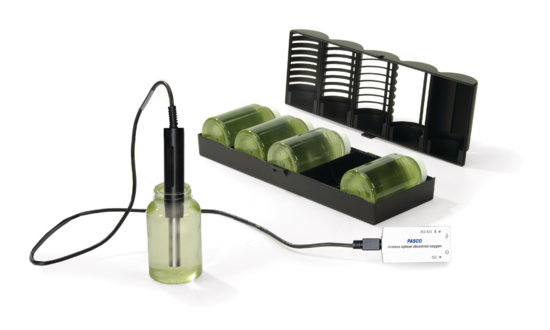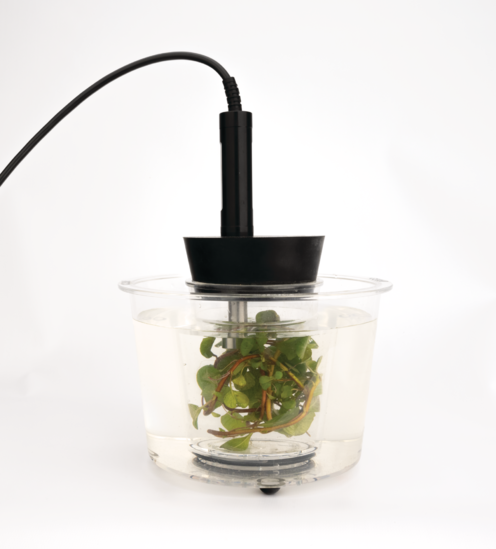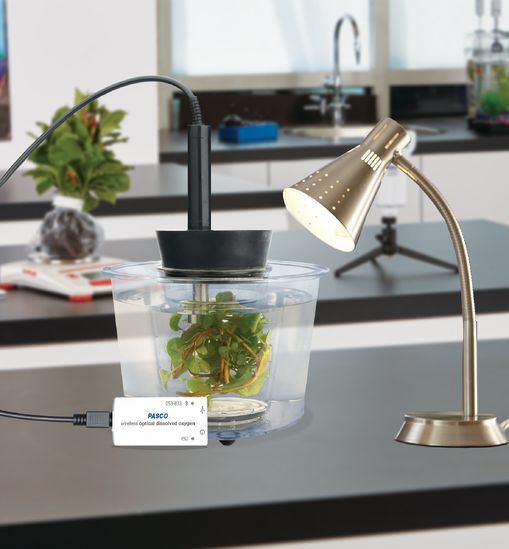Description
The Wireless Optical Dissolved Oxygen (ODO) Sensor is ideal for monitoring DO2 in the lab or field. The Wireless Optical DO Sensor is automatically compensated for temperature and pressure when reporting values. The optical technology is accurate, fast, and does not require stirring, filling solutions, warm-up, or frequent calibration. New design follows more standard probe tip (12 mm) shape and size. This allows for more elegant use in classroom settings in beakers, flasks or photosynthesis chamber while also allowing measurement of outside water sources. 2.5 meter cable allows students to easily measure in class aquariums or reaction vessels as they can from the shores of creek or wetland sites.
A PASCO exclusive feature allows you to log data using the sensor’s built-in memory. After collecting data for hours or even days, simply connect the sensor to your device and you’re ready to download your data. With this powerful sensor, educators can explore day and night nutrient cycles, changes in metabolic processes, seasonal changes in water quality, and more.
Specifications
| Dissolved Oxygen Range | 0 to 20 mg/L, 0 to 200% saturation |
| Accuracy – with user calibrations | ±0.2 mg/L or 1% (whichever is greater) |
| Accuracy – out of the box | ±0.5 mg/L or 3% (whichever is greater) |
| Response Time | 90% in 20 sec |
| Measurements | Concentration (mg/L), Saturation (%), O2 Gas (in air, qualitative) (%), Temperature (°C) |
| Waterproof depth of sensor | Length of cable (2.5m) |
| Splash resistance of Blue tooth Sensor box | Not submersible (wipe dry if splashed) |
| Cable length | 2.5 m |
Battery & Logging
| Stored Data Points Memory (Logging) | >25,000 |
| Battery – Connected (To Data Collection Device) | > 40 hrs |
| Battery – Logging (Data Logging Mode) | 45 hrs |
| Battery Type | LiPO |
1 Minimum # of data points with all measurements enabled, actual results depend on enabled measurements.
2 Continuous use in a connected state until battery failure, actual results will depend on sample rate, active measurements, and battery condition.
3 Logging until battery failure, actual results will depend on sample rate, active measurements, and battery condition.
* Normal classroom use is the sensor in active use for 20min/lab for 120 lab periods/yr.

